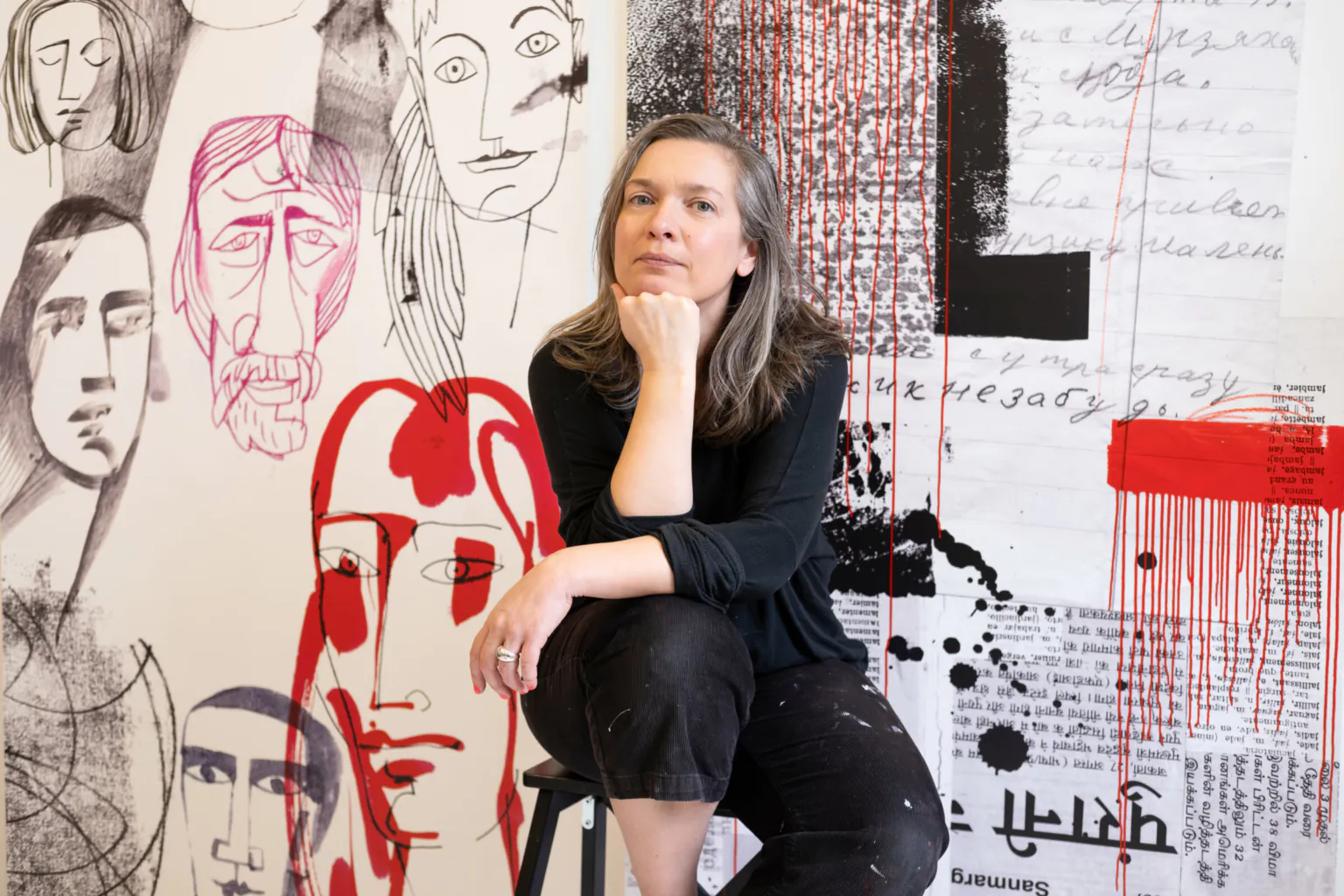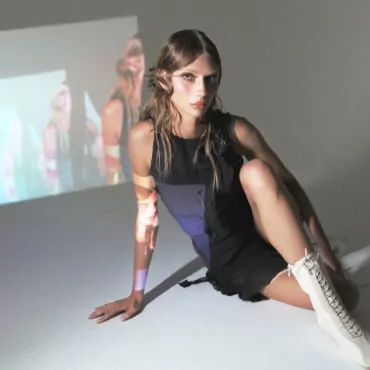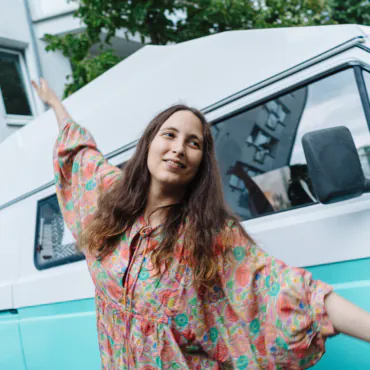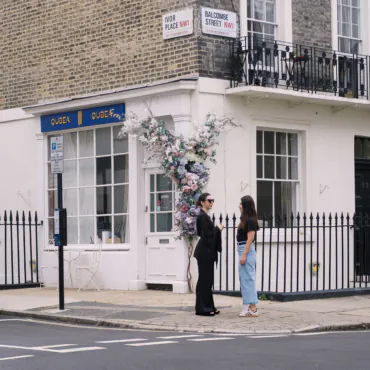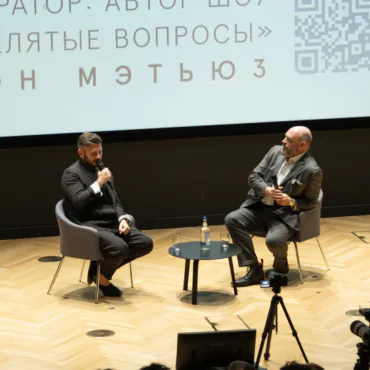My path to art was quite thorny, although I was born into a family of artists and started drawing before I could speak. But in the process of receiving art education, I often heard from teachers that a woman cannot be a real artist, and I guess I trusted them more than I should have. So I chose, as it seemed to me, a less ambitious path – I became a graphic designer. I could say that I was successful – I had my own company, and after moving to London I worked for CNN for two years. But eventually it became clear to me that it was no longer possible to ignore the call I had been hearing since childhood, and that I could not let anyone determine who I could and wanted to be.
I am currently working in London. I first came here almost fifteen years ago and immediately fell in love with the atmosphere of the city. Within a couple of weeks I had made friends and even found a job in a record store. But the pay was in records, too, but that didn’t matter to me.

My studio is in the Bridget Riley Studios building in Hackney Wick, which used to be a peanut factory. In the 1980s it was converted into art studios and one of the founders of the project was the British artist Bridget Riley. I got a lovely bright space with large windows and high ceilings. There are one-minute sketches hanging on the walls, photos and my mom’s work on the shelves. I work in different techniques and with different tools – writing, printmaking, animation and illustration – so I need a lot of space.
Here, in the studio, are the works from my first solo exhibition, which focused on the theme of home. The process of creating prints began with four sketchbooks and led to a collaboration with a small gallery in Portugal, for which I produced fifteen works and two zines.
What is a house
As an expatriate, I often think about the theme of home.
About three years after the move, I stopped saying I was going home when I went back to Peter. But in London, even fifteen years later, we are still a bit of strangers, London is not fully home either. Reflecting on this, I decided to ask my friends what home meant to them, and I didn’t expect how varied the answers I would get. They became the basis for my work on the exhibition.

In 2019, when I started exploring the theme of home, it seemed rather innocent and playful. I was thinking about how you are at first one with the world and home, home as a womb, when you don’t even know there is something else – beyond it. Then you outgrow your home as a teenager, you leave home – physically or metaphorically, saying goodbye to your childhood. Or you lose your home and spend your life looking for it again, or building it, or finding it in others, or in yourself. Or you become someone’s home yourself. In Jungian psychology, this odyssey of returning home is the process of becoming and growing up.
After 2020, the theme stopped seeming so innocent to me and began to show its dark side: the house could turn out to be a prison. And in 2022 it became obvious that the concept of the house as such had broken down altogether. We have a big BROKEN HOMES sign on one building in Hackney Wick – I see it every day when I walk past. “Who are you when the world you knew has fallen apart?” – that’s a question I’ve asked myself many times. I didn’t realize I had roots until they began to bleed. The subject was calling for revision.
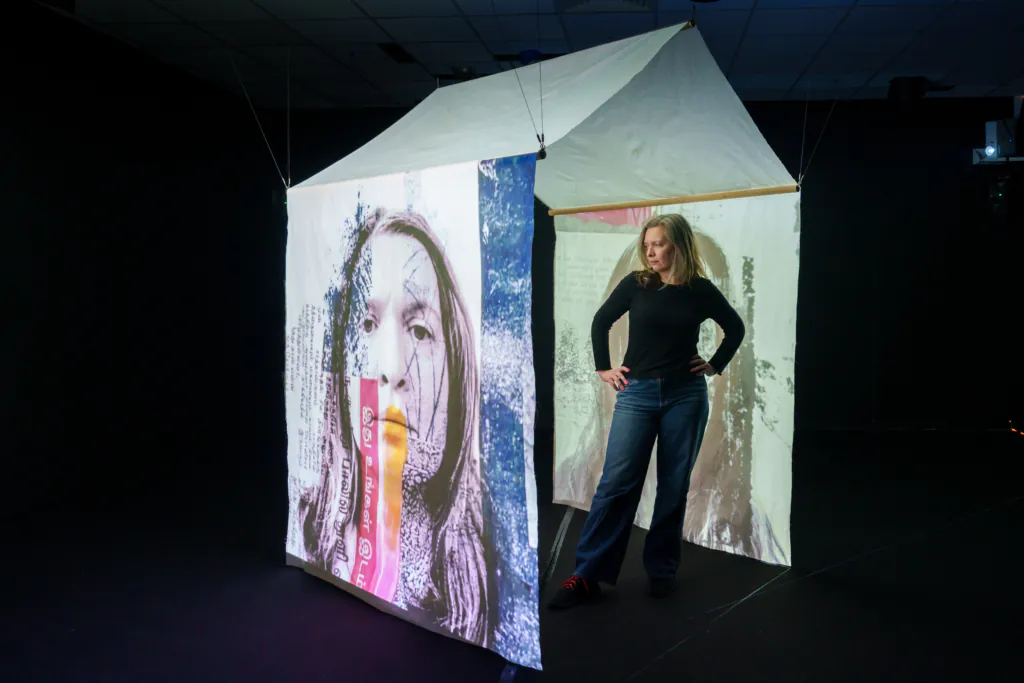
I had already been working with the Migration Museum in London for several years and they suggested that I include my solo exhibition on the theme of home in their program. I managed to get a grant from Arts Council England, which allowed me to take the project to a larger scale: to bring in musicians, artists and performers, to create a complex experimental audio-video installation with quadraphonic sound and video mapping, and to produce two books. I have also painted several large format canvases and produced a series of prints.
Then I asked people again what the house meant to them, but only those with migration experience, and made a sound installation with the help of producer J. C. Wright, in which their voices layered on top of each other, talking about home in different languages. The installation itself was also in the form of a house, inside which everyone could feel like a child, playing games (dibs on the house!) and exploring their relationship with home.

And as part of this exhibition, we also installed a wall on which visitors left notes on their understanding of the concept of the house. By the end of the project, more than six hundred of them had accumulated, and two hundred were included in the book that was published after the closing. Most people said that home for them is other people: their family, loved ones, friends, community, those who understand and accept them. Many said that home is within us. Some said it is always somewhere else.
I can’t say I’ve found the answer to this question, but I like this variant: Home is where you make it. And I guess this is my workshop now.
What’s home to you?
Anastasia Beltyukova
@tribambuka
www.tribambuka.art
The original text is printed in a special issue of ZIMA magazine #Englishhome . You can order your copy by clicking here.
